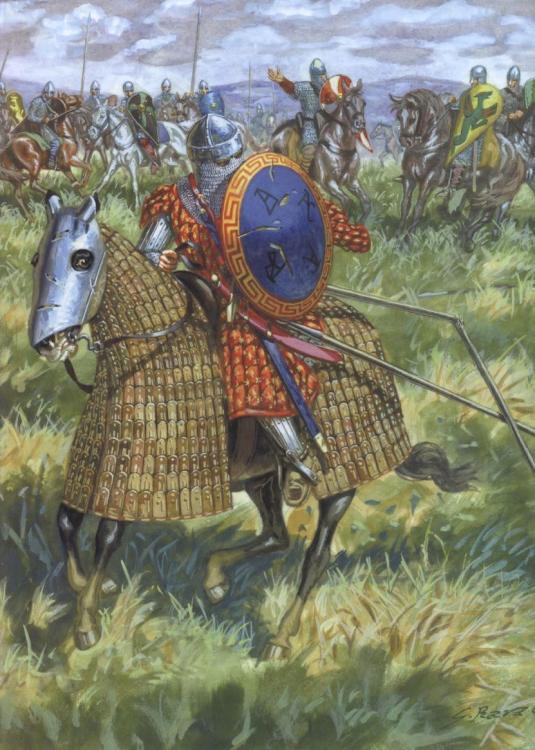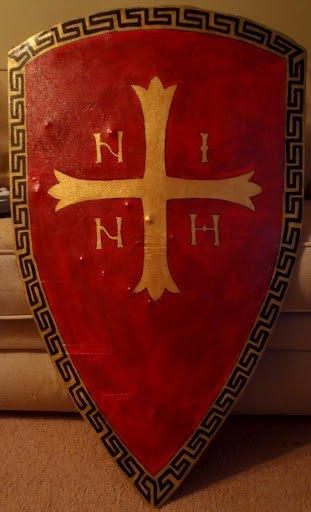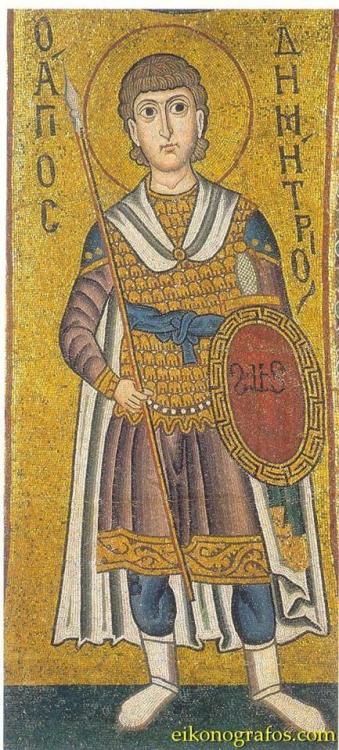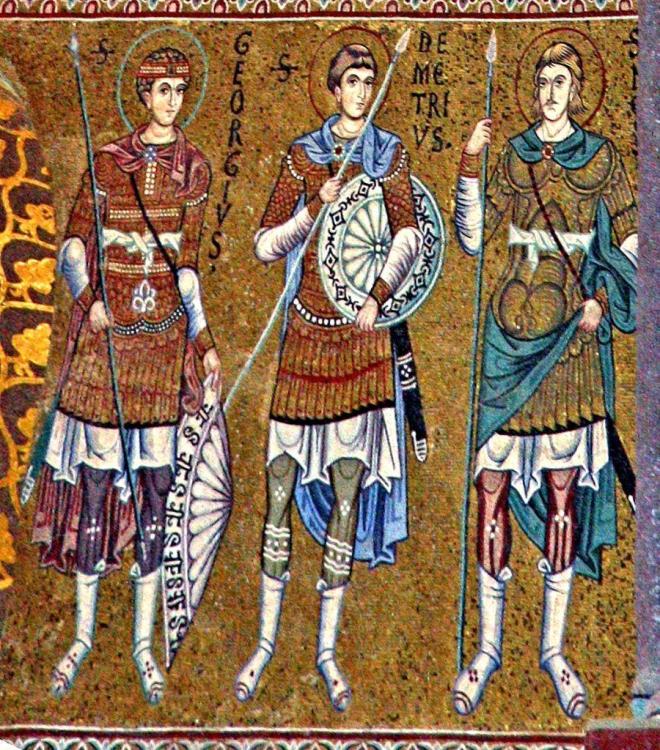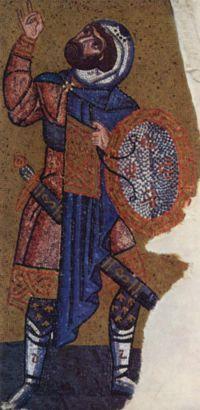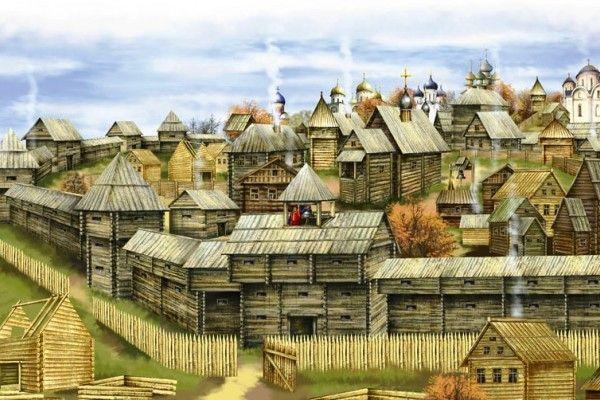
Andronikos Medina
Community Members-
Posts
28 -
Joined
-
Last visited
Recent Profile Visitors
The recent visitors block is disabled and is not being shown to other users.
Andronikos Medina's Achievements

Discens (2/14)
26
Reputation
-
Andronikos Medina started following Radiotraining
-
There is a version already playable! It is published regularly in this thread, must be on one of the 6 pages.
-
It is enjoyable and helps greatly to have some idea of how these symbols would look in buildings and military equipment, they do not have to be definitive or strictly realistic since they are tests and interpretations that we try to adapt to the game. The parameters that were established will be fulfilled with a lot of adaptation, but at no time was it thought of overcoming it or skipping them, also given the little significance that the term "Byzantine" implies in these days, it leads to very little archaeological information but if we lean towards the mosaics and manuscripts we have a more realistic image that we have to depend on until some significant archaeological advance is made. Radiotraining in this aspect has been a key symbology adapter to the progress of the mod, the purple Chi-Ro surrounded by meanders is a very popular symbology that we think could be applied to the mod but given the new indications it would be almost a challenge to find some true historical evidence of a flag or shield exactly like this, the mosaic of chora for example is the closest thing we have to the aforementioned symbol. Many of the ideas raised were from the beginning temporary including the symbols of the factions that would be adjusted and developed with better information later. I don't think anyone's effort should be further minimized when examining the entire context of the mod.
-
My point is that the sources of artistic inspirations that we use are all based on and created from mosaics of nobles and aristocrats. In this case @Radiotraining did a splendid job of adapting it as "a" possible option open to refinement. Speaking from my historical experience giving shape to all of this is exciting if we try and explore the various ways in which we could execute them, all the progress that was made in Discord is subject to being shaped and interpreted and nothing should be taken literally.
-
As for the historical precision, I would say that it was not impossible to see the mosaic of the Chora monastery adapted to a shield, even more so knowing that it was a place frequented by nobles and aristocrats including the imperial family. But as for the recreation of the shield that I sent before, that kind of shield with that adaptation was difficult to imagine even at a time as late as that of the Palaeologists.
-
And as mentioned before, most of it was a Hellenic cultural heritage due to the great Greek influence in the eastern Mediterranean area from which the Byzantines drew artistic inspiration. Now we have to emphasize that the "formality" in Byzantium did not exist, each soldier depended on the military equipment that he could acquire given his economy. Regarding the question, I would say that the interest in Byzantium is very low and most reenactors tend to give an image that is not very useful or precise, for example, one of the few that I could find is this shield from a deviantart artist called LadyArwynn16
-
We first take into account that the variety of artistic patterns for Byzantine shields is extremely wide, from meanders and virgin stars to Psudo-Greek inscriptions all had a use in Byzantium.
-
Didn't notice the notifications sorry, so
-
I will be more than happy to help with any style or aspect that is needed for the Byzantines.
-
We are clearly talking about two different Hellenizations (Join us in discord, we need all kinds of knowledge for this initiative!)
-
I think you are confusing two great phenomena of the Byzantine Hellenization applied to its neighboring nations. I say direct control because that is what literally happened, it was with the Byzantine contact that, treaties in which the Byzantine scholars and administrators would have direct or almost direct control of the region in question, until a specific date or year such as what it was with the Rus, a contact that was strengthened much more with the governors of the Monomach dynasty who were original imperial Byzantines. The prelate Nicephoros successfully convinced and integrated the Byzantine political ideas of a single king and a single government that will act as the soul of the ruler among other Platonic citations, to the nations of the Volga through Vladimir II, all of them very deep rooted in the Hellenistic political systems. This is the direct control that the Byzantines exercised over the Rus without mentioning that all the King's advisers or governors would be of Constantinopolitan Greek origin and that apart from being monks, they would be philosophers and schoolar's.
-
Over time it did become a new world but in its early phase the Muscovy Rus were a small settlement belonging to the Kievan Rus community of kingdoms from which there would not be great differences, but if we talk about the Rus Muscovites in their midst or late phase, they would have already built entire cities with mortar, marble and other materials, being extremely similar to Slavic architecture and its palaces and white walls. Also the Muscovite Rus of this time would have been much more centralized and would have seen large-scale fighting as they did against the Teutonic order. But this is a new era that goes beyond the limits of the mod, interesting but not likely for the application of the mod, I would say. And yes, it would be very interesting to see the two cultures connected in some way, in fact it was in the first days of the Christianization of the Rus that the clergy would also be of Greek origin, especially from the Greek cities of the Black Sea that had been recently besieged, but as early as the 10th and 11th century the clergy of the Rus would be directly controlled by the Byzantines. An example of this would be Archbishop Nicephoros, a Greek prelate of Constantinople and advisor to Prince Vladimir II Monomach.
-
Small changes to tell the truth, there is not much else I can mention. It is simply that the Russian Muscovites were a direct derivative of the Kievan Rus, the cultural differences would be almost minimal, the Kievan Rus would certainly make more use of wood and certain Byzantine influences while the Russian Muscovites would have already adopted mortar for different structures, not just for monasteries like the Kievan Rus would. Our concept does not have to change as it is much closer to the times of the Kievan Rus.
-
In the same way, I think it would be more appropriate to develop the Kievan Rus given the chronology in which the game develops, although I must emphasize that the changes may be few.
-
The settlements could definitely vary. Settlements of the Rus on the coasts of the Black Sea could have been almost copies of the Greco-Byzantine colonies that would have used mortars, marble and different materials, leaving wood as a secondary option and only differentiable with certain variations such as domes, but in to a large extent they were simply palisade communities. But if you want to give more life to the Rus you could add a Byzantine embassy or something similar to allow them to improve mortar or other materials.
-
This is another image that represents very well a settlement of the Rus, as you can see almost the entire city is made of wood with the exception of the monasteries.


